




'Toytopia' to bedazzle children and 'grown-up kids' in Guangzhou
BY :SilkRoadPost
UPDATED :2025-06-20
A magical journey to a giant 'toy box' will commence on June 27 in the Guangdong Museum, as the tourist hotspot in Guangzhou is going to join hands with a number of institutions to hold an exhibition featuring about 240 sets of toy heritage collection.
Let's take a sneak peek at some of the exhibits.
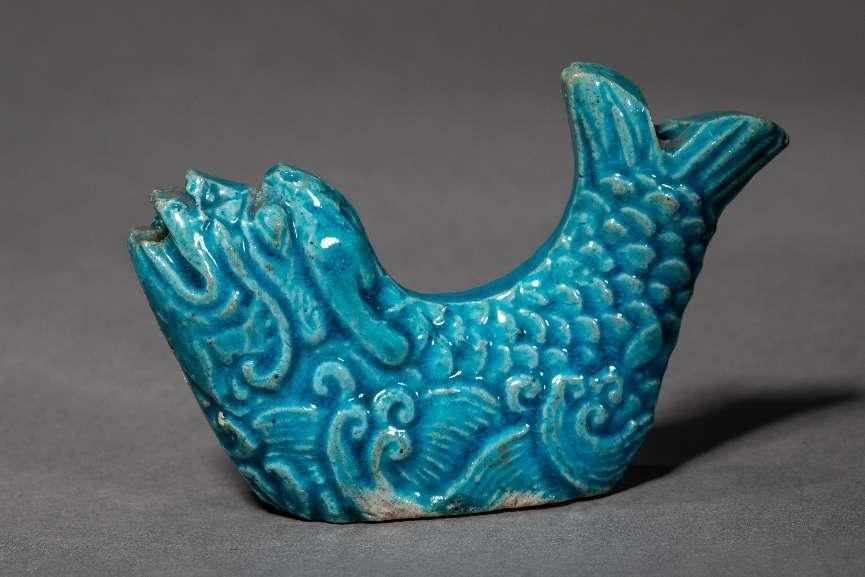
A porcelain whistle in peacock-blue glaze with fish-turned-dragon motif, Qing Dynasty, housed in the Guangdong Museum
Chinese folklore has long used symbolic imagery to express hopes for future generations. The 'fish-turned-dragon' motif embodies ancient people's wisdom and aspirations for self-improvement, changing destiny, and building a better life.
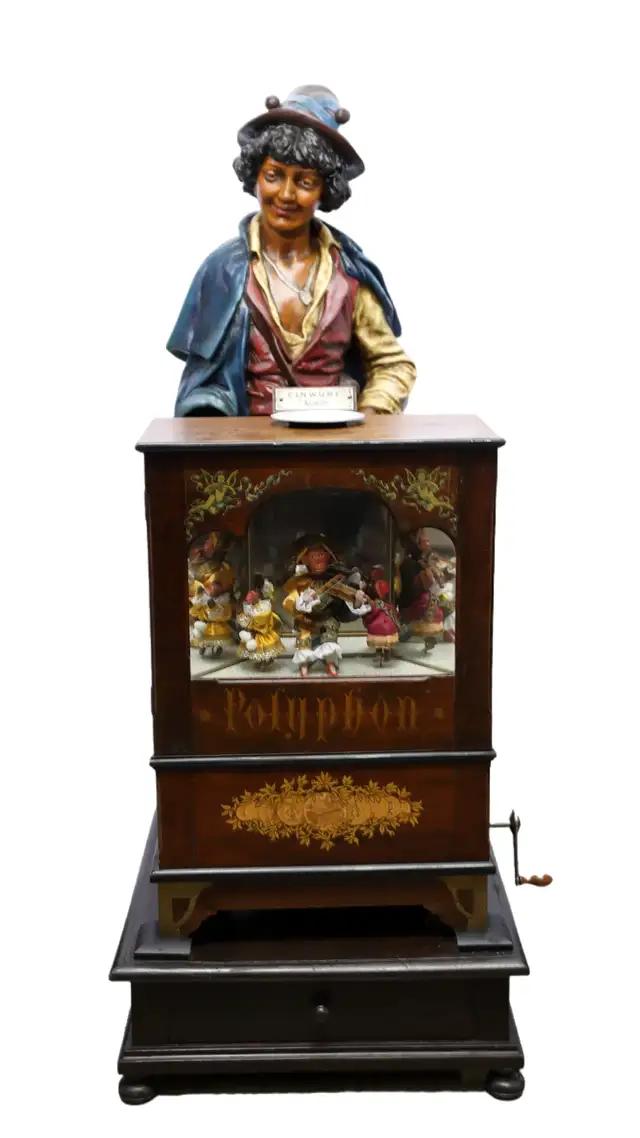
A Polyphon Savoyard style 103 musical doll box, housed in the DSPPA Audio Museum of Guangzhou
Famous for the 'monkey dancer', the musical doll box stands out from Polyphon Savoyard series. The exquisite gadget features a miniature theater with animated figures, including a violin-playing monkey and two dancing monkeys, all of which bring to life through intricate mechanical craftsmanship. When activated by a coin inserted into the top slot, the doll will move while playing melodic tunes.
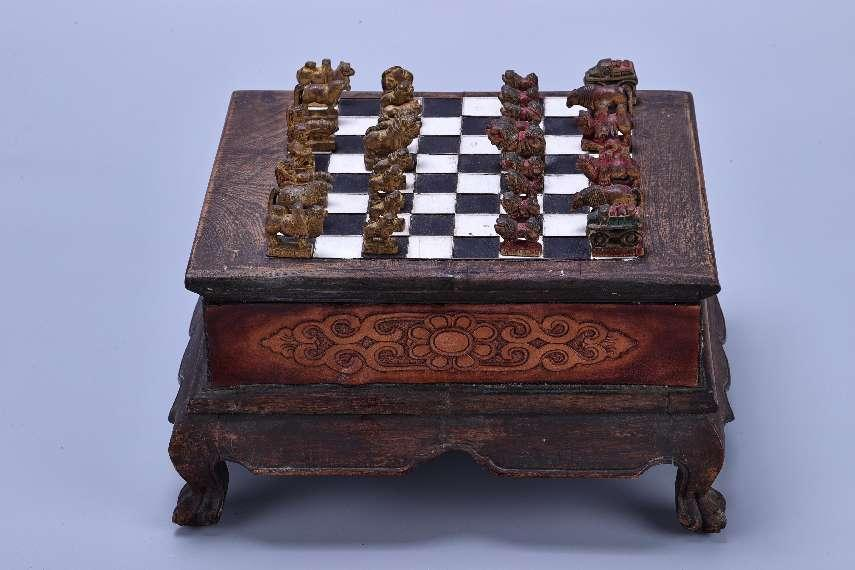
A Mongolian wooden chess set with hand-carved and painted figurines & game board, Qing Dynasty, housed in the Chinese National Museum of Ethnology
The game of Shatar (Mongolian Chess) entered the Mongolian Plateau via the grassland Silk Road following Genghis Khan's expansion to the west in the 13th century, and later spread to Europe in the 15th and 16th centuries. Historical records from the reign of Emperor Yongle in the Ming Dynasty (1368-1644) have confirmed that Shatar's rules were codified by the late 14th century, predating the standardization of modern chess by more than a hundred years.
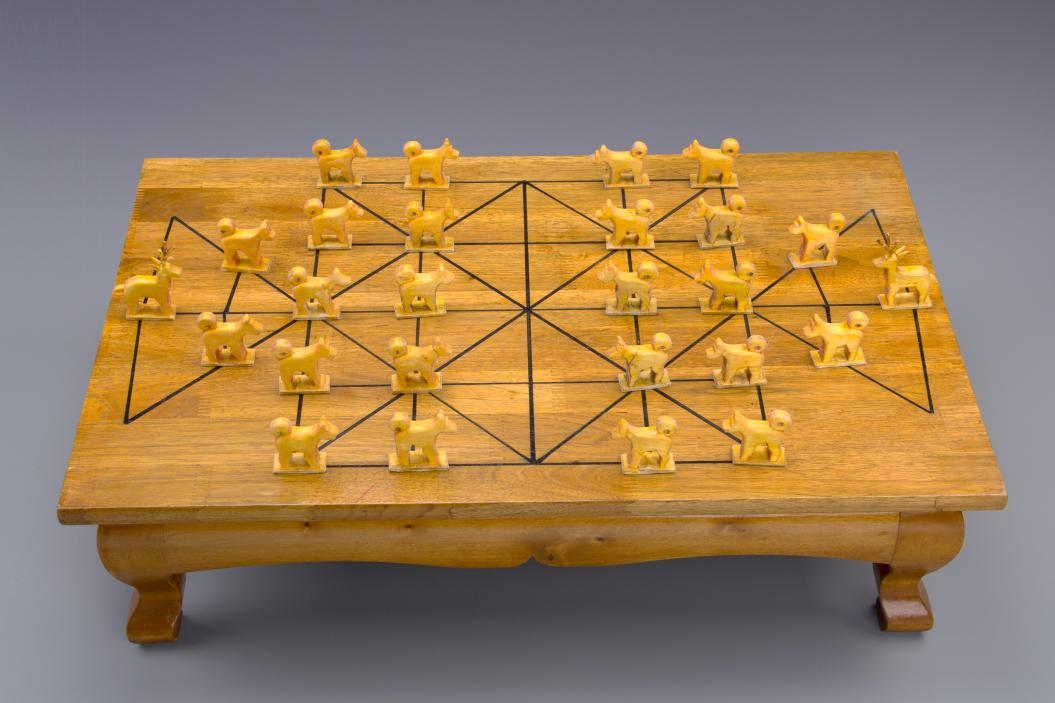
A Daur Ethnic Group's Weiluqi (Deer-surrounding chess), modern times, housed in the Chinese National Museum of Ethnology
Weiluqi is a highly popular intellectual game that reflects the collective hunting activities of early nomadic cultures. More than just a form of entertainment, it also serves as a vital part of the cultural heritage of hunting communities.
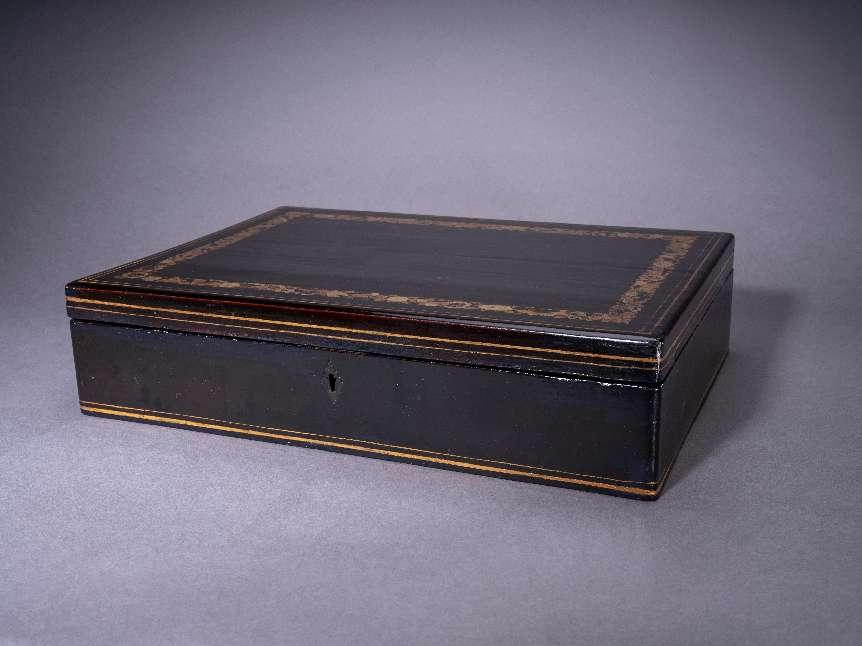

A black lacquer gilt-outline game box unearthed in about 1870, housed in the Guangdong Museum
During the late Qing Dynasty, quite a few exquisite export game boxes were sold overseas from Canton (Guangzhou), some even featuring exclusive family crests. These boxes, adorned with patterns of Chinese-style courtyards and figures, were designed to hold pokers and chips. And a number of the boxes were used to hold game tools sourced from China or attributed to China, such as tangram and nine-linked-ring.
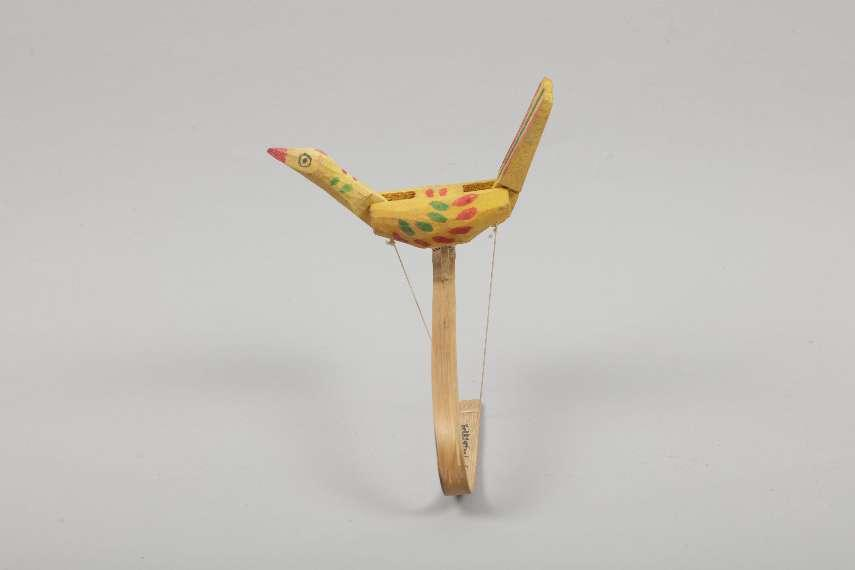
A water-dipping bird made from wood, a toy invented by the Bai ethnic group, modern times, housed in the Yunnan Nationalities Museum
Collected from Heqing, Yunnan province, this traditional wooden toy is crafted by artisans of the Bai ethnic group. Modeled after the real-life motion and appearance of water-dipping birds, the toy vividly imitates their pecking action. Every year on the fifth day of the first lunar month, local folk toy makers gather along the street to sell their handcrafted pieces. Much loved by children, this toy reflects both the Bai people's close observation of nature and their rich folk craftsmanship.
Besides, to fulfill needs of visitors from different age groups, there will be experience zones for making handicraft, including whistles, kites and music boxes.
Come and dive into the paradise of toys spanning ages!
Photos provided by Guangdong Museum
Source: Guangdong Museum
Author: Liu Liu



